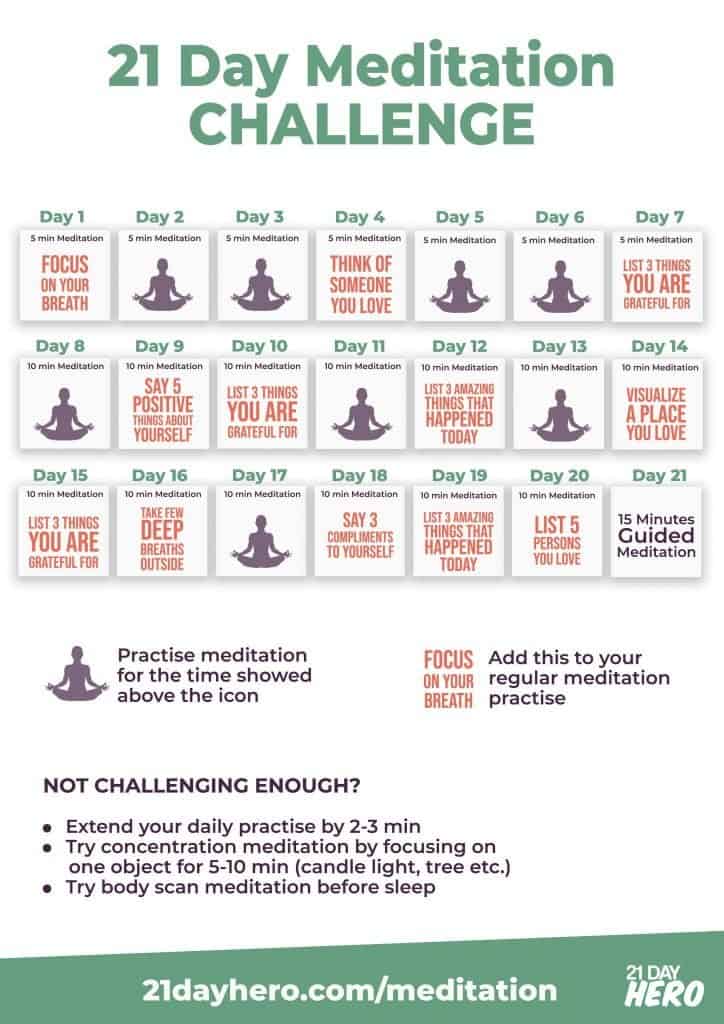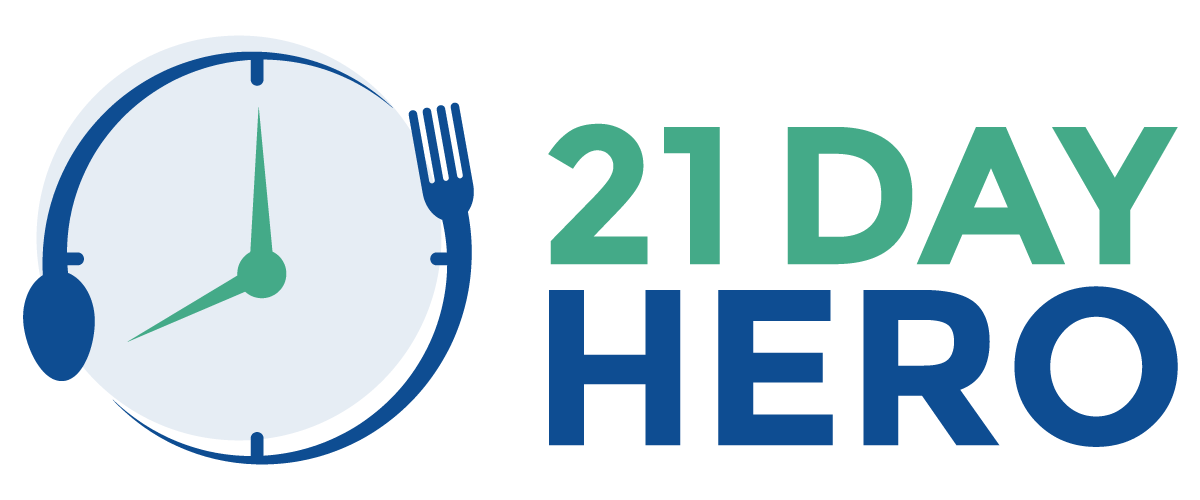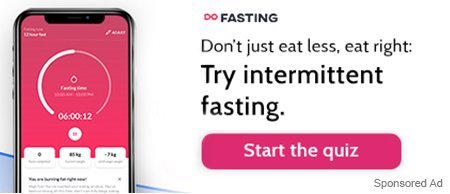Everyone around you meditates, or talks about how great meditation is for reducing stress, improving sleep and helping you to reach success?
Want to try meditation on your own but not sure how to go around it and how often to meditate, and for how long?
Not sure what the meditation is about and what are the main meditation techniques for beginners?
In this article, we will introduce you to the basics of meditation and provide a simple 21 Day Meditation Challenge Plan with more precise instructions and practical advice on how to start your meditation journey.
4 meditation techniques for beginners
Mindfulness Meditation
Mindfulness meditation encourages you to observe wandering thoughts as they drift through your mind. The intention is not to get involved with the thoughts or to judge them, but simply to be aware of how your thoughts and feelings move. The most popular example of self-guided mindfulness meditation is breathing based meditation.
By practicing this type of meditation over time, you can become more aware of the tendency to quickly judge an experience as good or bad, and develop inner balance. It allows you to see things as they really are.
How to practice mindfulness meditation?
- Sit comfortably. It can either be on the floor with legs crossed or on the chair.
- Soften your gaze or close your eyes – many people prefer to do so.
- Take a few deep breaths and relax. Bring your attention to breathing and what happens to your body – air moving through your nose, raising of your chest and belly.
- Keep observing your breath throughout the practice – we suggest starting with 10min. It is suggested to set a timer, so you don’t have to worry about the time.
- Notice when your mind wanders from your breath. When it does, gently return your attention to breathing – there is no need to bock your thoughts, eliminate thinking or try to force it.
- When the time has passed, lift your gaze or open your eyes. Take a moment and notice how your body feels at this moment.
Concentration Meditation
The practice of concentration meditation is ideal for anyone who requires additional focus and concentration in their life.
The brain gets more focused and unified – you start noticing more details about the object, explore any distractions and physical emotions.
Ultimately you learn to perform at a much higher level than usual and develop your ability to remain calm, focused, and grounded.
How to practice concentration meditation?
- Find a quiet place and light a candle or find any other object to concentrate on.
- Set an alarm for the time you want to meditate for. 10 mins is a good duration to start with
- Sit in a comfortable position, whether on the floor or on the chair.
- Relax your breathing – slowly but yet comfortable
- Focus on the flame of the candle – do not let your focus wave away
- If any thoughts come to your mind, push them away and continue focusing on the flame.
Guided Meditation
Guided meditation can be done with a teacher, in a class or using any audio resource such as an App or Youtube video.
The main advantage of this technique is that it usually walks you through the different phases of meditation and lets you fully concentrate more on the practice, rather than thinking ‘what’s next, what should I do now and so on’.
Guided meditation is often chosen by the newbies, as it is an easy way to get introduced to meditation.
You can just relax and be guided. It’s like having a personal trainer in the gym telling you what to do, therefore in our meditation challenge plan, we suggest starting with this meditation technique.
How to practice guided meditation?
- Download the meditation app or choose a youtube video you’d like to practice to.
- Start the practice and listen to the instructions
- Meditate for at least 10 minutes depending on the session you chose.
Transcendental Meditation
According to their official website tm.org, Transcendental meditation is an effortless technique for “recharging your mind and body” — and creating a brighter, more positive state of mind.
Compared to other techniques, Transcendental meditation or TM as many refer to it, requires no concentrating, no control of the mind, no mindfulness (monitoring of thoughts), no trying to “empty the mind”.
While you can easily learn above meditation techniques yourself by following the video or an app, to learn how to practice TM correctly, you’ll need to take a course with a licensed teacher.
The introductory course takes 4 days, with 1-2h sessions each day and costs on average around 1’000 USD.
How to practice transcendental meditation?
Transcendental meditation is supposed to be one of the easiest of them all.
It doesn’t require any strenuous activity or a lot of efforts. Instead, all you do is repeat a personal mantra, which you get assigned to you during the course while sitting and having your eyes closed.
You do that for 15-20min, twice a day.
21-Day Meditation challenge plan Guidelines
Now when you have an idea of the most popular meditation techniques, here are the main tips to know before you start a meditation practice.
Follow these guidelines and with the help of 21-day Meditation Challenge Plan, you will be able to build a consistent daily meditation habit.
start slow
It’s important to keep in mind that if you were to go to the gym for the first time in a long time and workout really really hard, you’d pretty much feel like crap the next few days.
It’d be hard to keep that going.
Think of meditation like going to the gym for your mind.
You don’t want to burn out and go hot and heavy too fast because you want this to be a lifelong practice, so start off slow.
CONSISTENCY AND FREQUENCY is the key
Remember, if you are developing a habit of meditating consistency is more important than intensity. Meaning, it’s more important to meditate every day than the actual time of meditation.
Stick to the 21-day meditation challenge plan and plan exactly when and where you will be doing your daily meditation practice.
Start with guided meditation
If you have never meditated before, we suggest downloading an app with some guided meditation sessions or find a Youtube channel offering meditation sessions.
We advice using Insight Timer (thousands of free guided meditations), Omvana (over 75 free meditations) or Calm (around 16 free meditations).
21-Day Meditation Challenge Plan (Free Meditation Challenge)
Following this FREE Meditation Challenge Plan is a great way to kick-off your meditation practice and most importantly, start forming a long-lasting habit of meditation.
We recommend starting with 5 min of meditation and gradually increasing the time to 10 min, see the schedule below:
- Days 1 – 7: Start with 5 minutes meditation every day
- Days 8 – 20: Meditate for 10 minutes every day
- Day 21: For your final day, meditate for 15 minutes
*** If 5-10 minutes is too much, feel free to adjust the meditation challenge plan and make it 3 – 5 minutes. E.g., doing 3 min first week and increasing to 5 min from the second week. 
Day 1: FOCUS ON YOUR BREATH
It’s time for your first day of meditation!
For your first day of the 21 Day Meditation Challenge, START with 5 min meditation session and when doing so, focus on your breath. Breath is the closest link we have with the present moment hence focusing on breathing will allow you to bring your mind and body together.
Feeling excited but at the same time overwhelmed with all the information around you? Watch this quick 2 min video with meditation teacher Leah Santa Cruz to learn how to meditate at home if you are a complete beginner.
Days 2 and 3: 5 minutes of meditation
On day 2 and 3, continue with 5 minutes of meditation of your choice.
You could simply repeat the same meditation, if you like it, or experiment and choose a new one for each day.
Day 4: THINK OF SOMEONE YOU LOVE
On your 4th day of Meditation Challenge, do your 5 minutes of meditation BUT… don’t stand up yet.
Once you have finished your meditation, think of someone you love: your partner, family member, close friend or maybe even your pet. Imagine that person smiling and think how happy you are to have him/her in your life.
I bet you will walk away from your meditation smiling. Keep this positive energy with you for the rest of your day!
Days 5 and 6: 5 minutes of meditation
On Days 5 and 6 of the Meditation Challenge, do 5 minutes of meditation of your choice.
Whenever possible, try to stick to the same meditation time – be it morning, lunch break or evening.
Having a set time will help you to establish your own meditation routine easier and help you form a positive habit.
Day 7: LIST 3 things you are grateful for
Once you have done your 5 minutes of meditation on Day 7 of the Meditation Challenge, sit down for a bit longer, take a piece of paper and list 3 things you are grateful about.
It could be as simple as being able to feel the ground underneath your feet, having a roof under your head and/or being able to see all the beautiful things around you!
Keeping a regular gratitude journal has proven to improve self-esteem, reduce stress and make you happier.
Day 8: 5 minutes of meditation
To start your second week of daily meditation, prolong your session to 10 minutes.
If 10 minutes is too much for you, keep it to 5 minutes and increase the time once you feel ready for it. At this point, you are developing a habit of meditating hence consistency is more important than intensity. Meaning, it’s more important to meditate every day then the actual time of meditation.
Check out this 2 min video with meditation teacher Leah Santa Cruz to learn more how long you should meditate if you are a beginner.
Day 9: SAY 5 positive things about yourself
You are AWESOME (and you should know it!). At the end of today’s meditation, think of 5 positive things about yourself and say them out loud.
Not only will this boost your confidence and self-love, but will also make you less stressed and healthier. Read more about the benefits of positive self-talk here.
Day 10: list 3 things you are grateful for
Just like on Day 7 of Meditation Challenge, list 3 things that make you happy and that you are grateful for. Say them out loud or write them down to strengthen the feelings.
Day 11: 5 minutes of meditation
It’s Day 11 of the Meditation Challenge and you have been meditating for a while now.
Identify the time that has worked best so far for your meditation practice and stick to it as much you can to keep going forward.
Now, think of a cue/action that triggers your meditation. This will be the action that will tell your brain “it’s time to meditate”. Maybe it’s stepping out of your bed in the morning? Or brushing your teeth? Or maybe it’s opening your door when you get home after work?
E.g. if you meditate just after you brushed your teeth, then any time you brush your teeth think of it as a cue to sit down and practice meditation. Identifying a cue and routine connected to it will help you to develop a long-lasting habit of meditation. Read more about the science behind habit loop model here.
Day 12: LIST 3 amazing things that happened today
Before you go to sleep, think of your day and list 3 positive things that have happened to you today. Had a productive day at work? A good meal? Or maybe made someone happy?
Identifying positive things will help your mind shift away from negative thoughts and help you fall asleep with a smile on your face.
Day 13: 5 minutes of meditation
Don’t give up just yet. Keep meditating!
Day 14: visualize a place you love
Stay where you are after today’s 10 minutes session, close your eyes and think of a place you love. A place where you feel safe and happy. Maybe it’s your childhood home, a spot you love to escape to or maybe even a restaurant/hotel you love to come back to with your loved ones.
Visualize as if you were there right now and think of all the details: furniture, colors, sounds, texture (soft carpet or maybe even sand under your feet, in case of a beach). Feeling happier already?
Day 15: LIST 3 THINGS YOU ARE GRATEFUL FOR
To start your 3rd week of meditation challenge, list 3 things you are grateful for.
If you like, you can make gratitude journalling a regular thing after your meditation practice.
Day 16: take a few deep breaths outside
Today make sure to go outside, stand still and take 3-5 deep long breaths: inhale deeply through your nostrils, hold your breath for few seconds and slowly exhale through your mouth. If possible, do it in the middle of the day, as a break from your work.
Taking a few deep breaths will help you to connect with yourself and make you be aware of the current moment. Be here and now.
Also, breathing exercise is a great way to calm your mind in stressful situations.
” We don’t meditate to get better at meditating. We meditate to get better at life. “
Sharon Salzberg
Day 17: 5 minutes of meditation
Only a few days left on this challenge! Keep meditating and connecting with your inner self.
Day 18: say 3 compliments to yourself
Think of all the great things about you and say out loud 3 compliments to yourself. You can do it after your meditation practice, once you wake up or even in the middle of the day before an important meeting.
Complimenting yourself will definitely boost your confidence. See this list of compliments you can tell yourself if you need inspiration.
Day 19: list 3 amazing things that happened today
Just like on Day 12, list 3 great things that happened to you today before you fall asleep.
Day 20: list 5 persons you love
Your life is filled with amazing people: your parents, your loved ones, your close friends, maybe even your colleagues!
List 5 people you love and when doing so, think of each of the people for at least a few seconds. Remember them any time you feel down and be grateful for having them in your life!
You can do this after your meditation practice or any other time of the day you get a chance.
Day 21: Final 15 minutes guided meditation
You have been meditating for 20 days already – CONGRATS on coming that far! Even if you missed a day here and there – you are still a hero!
To celebrate your achievements, challenge yourself a bit more and prolong your meditation to 15 minutes today.
WHAT’s next? WHAT happens after 21 Days?
It’s simple – if you like how meditation makes you feel, continue! In 21 days you will develop a small habit, which will help you to continue your journey much easier.
What if you are not in love with meditation after 21 days? Don’t give up on it just yet – experiment with different types of meditation, change the time of the day when you meditate or try meditating in a group instead.
Again, meditation has amazing benefits, and will change your life with repetition, and focus. Don’t get discouraged, you will have good and “bad” sessions, but no matter the result, trust me it is always GOOD to meditate, even when you lose focus here and there. Some days will be tougher than others.
We hope you enjoyed this Free Meditation Challenge article! Happy Fasting, with love!
Need more guidance? Try our 21 Day Meditation For Success Challenge and get daily actions, guided meditation, daily inspiration and progress tracking sheet straight to your inbox!











